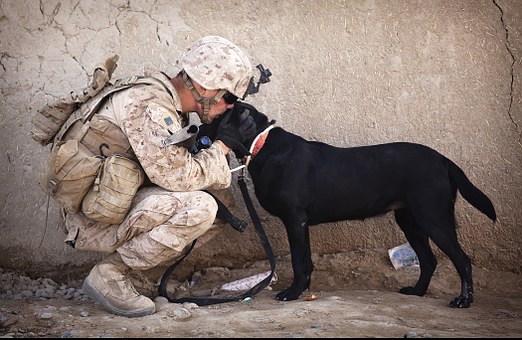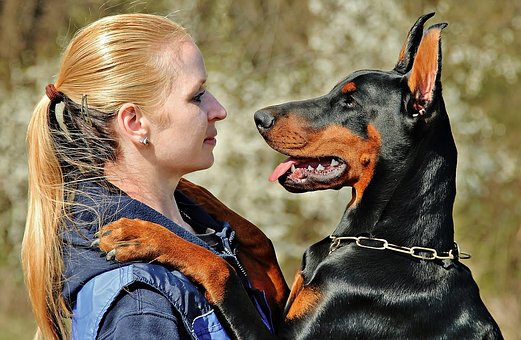Dogs have long been known as man’s best friend, but their abilities go far beyond just being loyal companions. These incredible animals possess a range of senses that allow them to pick up on various things about their human counterparts that we may not even realize. In this article, we will explore what dogs can sense about humans and how their unique abilities can benefit our lives in unexpected ways.
What Dogs Can Sense:

- Emotions: Dogs have an incredible ability to sense human emotions. They can detect changes in our mood, body language, and even the tone of our voice. This is why many dogs are often referred to as therapy animals, as they can provide comfort and support to those in need.
- Illness: Believe it or not, dogs have been known to detect illnesses in their human companions. Research has shown that some dogs are capable of sniffing out certain diseases and conditions, such as cancer, diabetes, and even seizures. Their keen sense of smell allows them to pick up on subtle changes in our bodies that we may not be aware of.
- Fear: Dogs have a knack for sensing fear in humans. They can pick up on cues such as increased heart rate, shallow breathing, and tense body language. In response, dogs may become protective or try to comfort their human in distress.
- Danger: Dogs are also adept at sensing danger. Their keen hearing and sense of smell allow them to detect potential threats long before humans are aware of them. This is why dogs are often used in search and rescue operations, as they can sniff out survivors in disaster situations.
How Dogs Benefit Humans:

- Emotional Support: Dogs provide emotional support to humans in times of need. They can offer comfort, companionship, and unwavering loyalty, which can have a positive impact on our mental and emotional well-being.
- Health Benefits: The ability of dogs to detect illnesses and medical conditions can be life-saving. By alerting us to potential health issues, dogs can help us seek early treatment and improve our overall health outcomes.
- Safety: Dogs act as natural protectors, alerting us to potential dangers and threats. Whether it’s a break-in or a natural disaster, dogs can provide an extra layer of security and peace of mind.
In conclusion, dogs are truly remarkable animals with a range of senses that allow them to pick up on various things about humans. From detecting emotions and illnesses to sensing danger and fear, dogs play a crucial role in our lives. By understanding and appreciating their unique abilities, we can deepen our bond with these incredible creatures and benefit from their intuitive nature in ways we may never have imagined.

What an interesting read thanks so much for sharing !